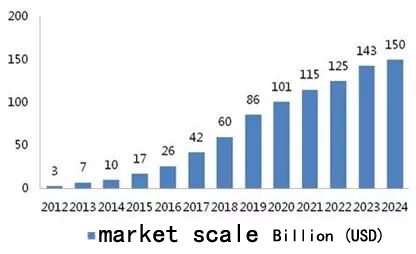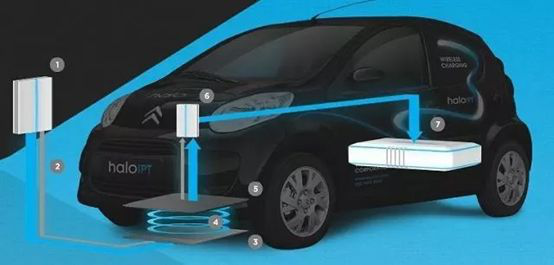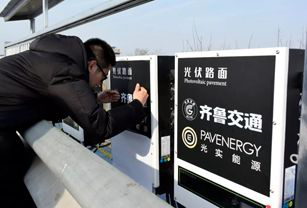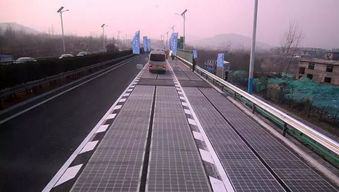Charging Cars Wirelessly Just Like Charging Mobile Phones
According to IHS data, more than 200 million wireless charging receivers were sold worldwide in 2016, of which more than 160 million receivers related to smart phones were shipped and more than 80 million wireless charging transmitters were sold with them. There were 325 million wireless charging products in 2017, of which about 300 million were smart phones, and Qi technology was used for their wireless charging functions.
In addition, the emitter has a scale of about 75 million. It is estimated that by 2020, the shipment volume of wireless charging receiver will exceed 1 billion pieces, and the size of transmitter will reach about 500 million pieces by 2021.
According to IHS forecasts, the global wireless charging market will grow from US$ 1.7 billion in 2015 to US$ 15 billion in 2024, with a compound annual growth rate of 27%.

The reason why wireless charging of mobile phones has attracted much attention is that mobile phones are so closely related to people's lives. Scenes of wireless charging for consumer electronics such as mobile phones have taken shape, such as IKEA's desk lamp base, Starbucks' bar counter and Familymart that can wirelessly charge mobile phones.
In fact, compared with mobile phones, the demand for wireless charging of new energy vehicles may be more urgent than mobile phones.
At present, people pay more attention to environmental protection, so various of electric vehicle products emerge as the times require. But in the beginning, car charging was an embarrassing problem, and there are not many electric car charging stations. The car was running, but what if there was no electricity? The electric bicycle could still be dragged, but the car ran aground on the road was really a big trouble.
From refueling to charging
The first regular season of Formula E started in Beijing, China. While witnessing the beginning of history, it also recorded the strange scene where the car had to be recharged halfway through the race.
The safety car BMW i8 hybrid fully uses Qualcomm Halo charging system, which uses magnetic resonance to make the ground charging board device installed on the ground and the receiving board of the chassis of the car sense each other to complete wireless charging.

All you need to do is drive the car near the charging board, turn on the mobile phone application, connect the car system, and activate the charging button. If the metal box matched with the smart phone shows orange, the charging starts and the voltage is stable and sufficient. The person in charge revealed that the charging conversion efficiency is about 90%, which is 5% less than that of ordinary transformers, but it just meets the demand of automobiles for electricity. In addition, Halo supports both 3.3 kW and 6.6kW power access options.
Without an external interface, how does it do wireless charging? You can imagine a transformer converting alternating current into direct current. Halo then intervenes in the electromagnetic cutting to cut off the two electricity streams and feed them into the charging system via air transmission. The passenger seat has also been modified. In addition to the safety barrier commonly used in racing cars, the carpet has been replaced with exposed carbon fiber and a steel ring cage. These are all insulation safety measures to prevent leakage.
Halo chose to appear in Formula E because the racetrack always uses the most cutting-edge technology. On the one hand, the situation in extreme scenes is conducive for engineers to improve their technology; On the other hand, more people will also notice Qualcomm's new products. At the same time, racing drivers also put forward the demand: can we charge our car while running?
"Charging Highway"
On December 28, 2017, China's first load-bearing photovoltaic expressway test section was completed and opened to traffic in Jinan, realizing grid-connected power generation using expressway pavement.

The total length of the "solar energy highway" test section is 1120 meters, and the photovoltaic pavement is 1080 meters, with a net total area of 5,875 square meters. The main traffic lane and emergency lane are paved. It is estimated that the annual power generation is about 1 million kilowatt hours, and the annual carbon dioxide emission reduction is 15.5 million tons!

Highway Becomes "Charging Bank"
An electromagnetic induction coil is reserved under the road surface. With the matching use of wireless technology of electric vehicles, electric vehicles can be charged during driving. With the "solar charging bank", electric cars no longer need to worry about not enough batteries.
- Pre:What Do You Know About Buying a Wireless Charge 2019/6/25
- Next:The Future Is Wireless 2019/6/24
